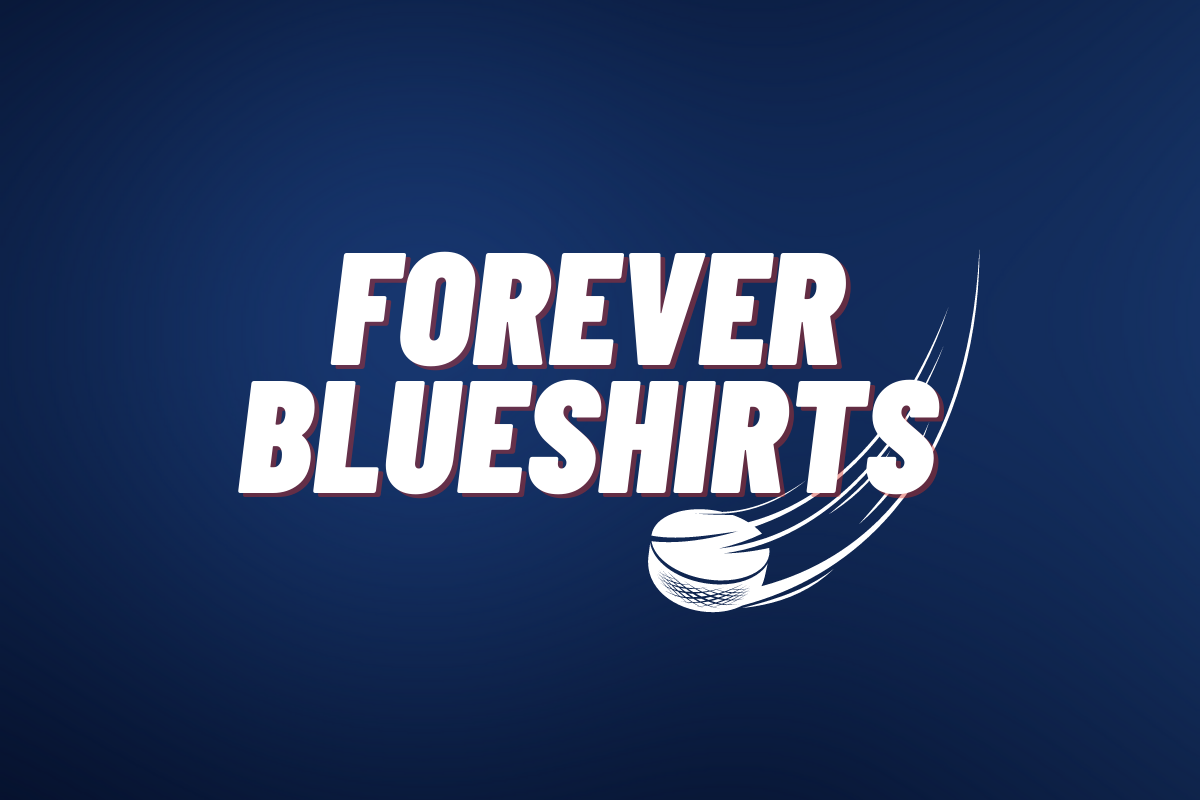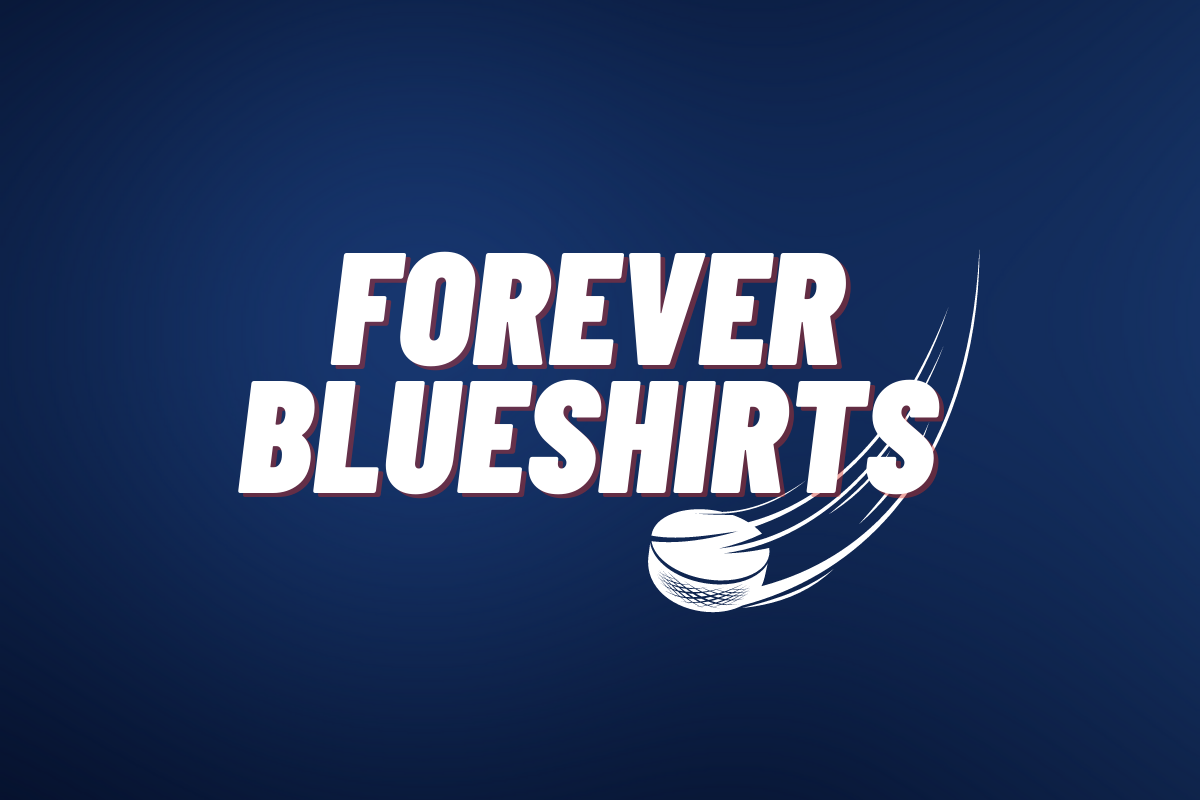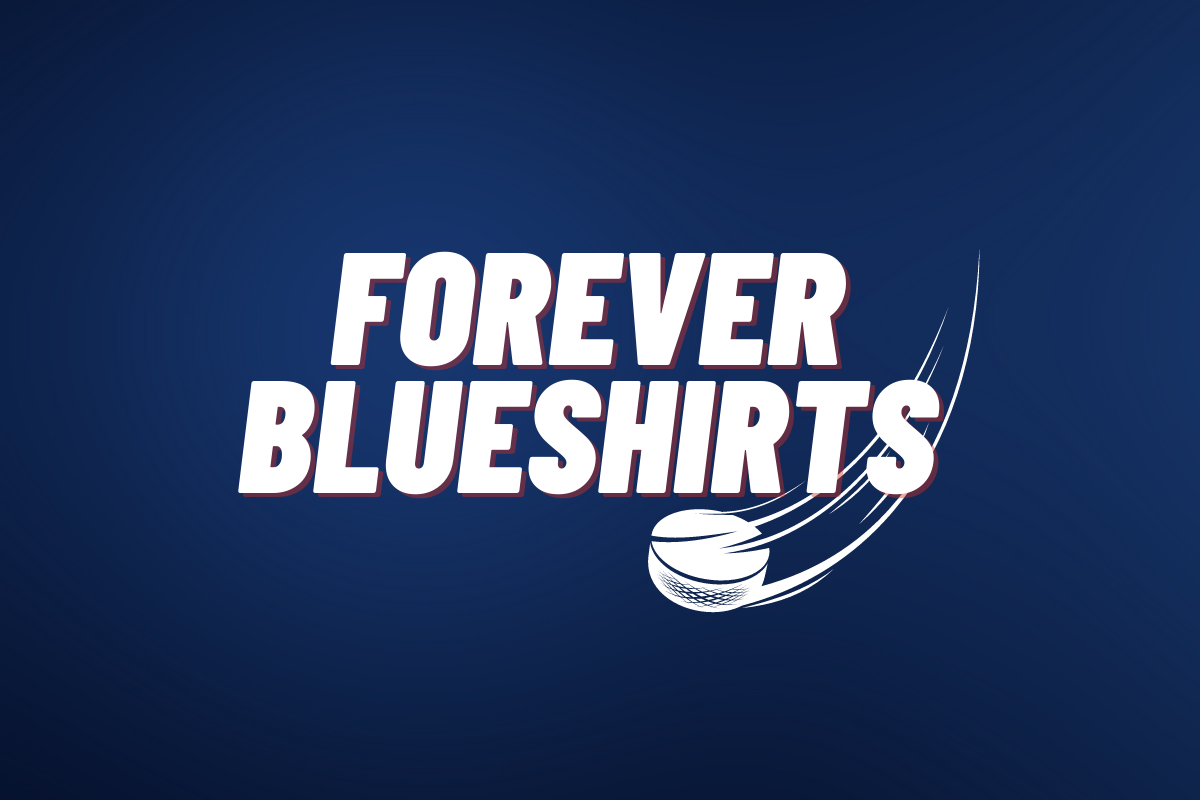The guide to permanently fixing the New York Rangers power play
Since the All-Star Break, the New York Rangers power play has been as pathetic as they come. With just a 9.2% success rate (5.1% before last night’s outburst) on the man advantage in the 23 contests since the break, the Blueshirts special teams free fall has dropped them to 17th in the NHL with a 18.4% conversion clip.
The issues that this team has experienced on the man advantage over the past month have been abundant. Be it the constant unnecessary extra pass or the inability to find adequate shooting lanes to get the puck to the net, the power play has turned into a significant issue for this side and at often times has appeared irreparable.
The good news for the Rangers is that these deficiencies are arising in early March instead of late April. Similar to a stellar goaltending, a dominant special teams unit can steal a team a playoff series. Or even a Stanley Cup.
There have been some signs of light at the end of the tunnel on the Rangers current road trip. A trio of power play goals against Carolina last night were encouraging, even if it took a two man advantage, fortunate bounce and bad Hurricanes’ turnover in the slot.
However, if the Rangers want to permanently fix this problem, some changes must be implemented.
The Zone Entry

Of the abundance of issues that this team has experienced at five-on-four during the second half of the season, the lack of effective zone entries has been the one that really jumps across the page.
One of the main keys to a efficient power play is being able to establish possession in the offensive zone. Although the Rangers were formidable in this area throughout the first few months of the season, the digression has been quite noticeable in recent weeks.
A popular method of entry for the Blueshirts has been via the drop pass. Ideally, the initial puck carrier (usually the Rangers defenseman that’s on the ice) will take the puck out to the neutral zone before sliding it back to one of the two trailing forwards, allowing for the trailer to enter the offensive zone with speed.
This method proved to work at the very beginning of the year, but teams have since adjusted by forcing turnovers above the blue line and creating a one on four once the carrier enters the zone. To put it simply, this way of operating takes away the advantage of having the extra attacker on the ice.
One way to counter this is to create unsettled situations on the entry. A quick retrieval of the puck followed by a crisp outlet pass can sometimes turn out to be the most logical way to initiate possession. Unfortunately, these scenarios are hard to create, as it takes a sluggish change or weak clearance to accomplish.
In these past two games, we’ve seen the Rangers change things up in terms of entering the zone. Instead of using the drop pass, the “quarterback” (typically Ryan McDonagh or Brady Skjei) starts the break with a sharp outlet to Mats Zuccarello at center ice. Zuccarello would then make a quick touch pass to the streaking Chris Kreider along the bench side boards, who would proceed to enter the zone.
The two times in which the Blueshirts have used this play (in the past two games), the end result has been a completed zone entry and a penalty on the opposition. It’s something that shouldn’t be used every time down the ice, but it’s certainly more effective than the predictable drop pass.
Zone Alignment and Personnel

AV has often times made some head scratching decisions when it comes to player deployment, something that has held true on the power play. On the top unit, the Rangers have been using their top two centers, Mika Zibanejad and Derek Stepan, in a decision that has not payed off. The right move would be to shift Stepan to the second group (which currently consists of five lefties), allowing him to move to the wing rather than being stuck in the middle of the 1-3-1.
When healthy, Rick Nash would be the one to enter the top unit. His presence along with Kreider’s would make seeing shots nearly impossible for opposing goaltenders. Additionally, giving Brady Skjei more time on the power play would aid the Rangers in entering the zone and getting pucks to the net.
This takes me to my next point about how the Rangers need to change their system. The 1-3-1 that is currently used by the Blueshirts needs real quality puck movement to get quality shots. There is too much traffic in the slot to get shots through from the point, while shots from the wings are usually clear sighted (in addition to the fact that they are frequently missing the net).
If AV does shift to more of a 1-2-2, it will open up additional shooting lanes while also hindering the vision of the netminder. The net front traffic would create more quality chances from the point and around the crease.
Where does that leave us?
The two power play units would be as follows:
1. McDonagh, Zibanejad, Zuccarello, Nash, Kreider
2. Skjei, Stepan, Buchnevich, Hayes, Miller
The first group would primarily use the 1-2-2, but the second group should stay in the 1-3-1 with Stepan and Buchnevich on either wing, Skjei at the point, Miller in the middle, and Hayes down low.
This would give the defense a different look personnel and system wise and, ultimately, give the Blueshirts the best chance to have success when playing on the man advantage.
More About:New York Rangers Analysis

